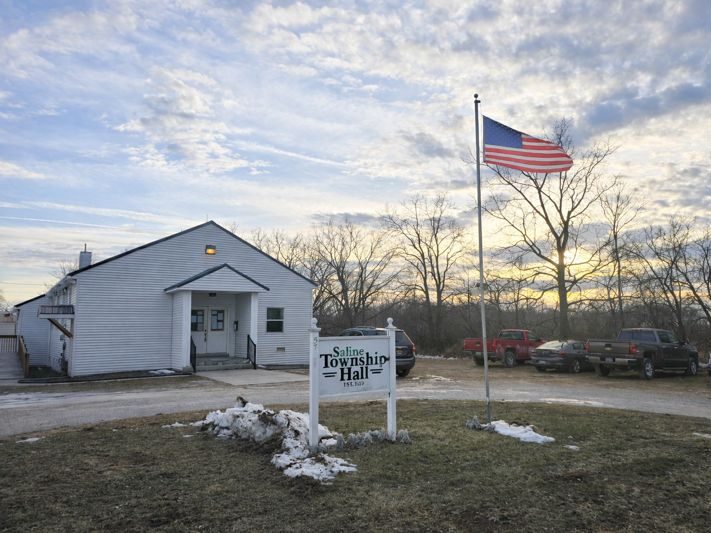Discover how Traverse City’s former psychiatric hospital turned into a vibrant hub of dining, shopping, and history-filled adventure.
Photo: Northern Michigan Asylum for the Insane (as it was called) c1907. Source: Flickr: Don the UpNorth Memories Guy. Some rights reserved
Traverse City is largely known for its cherry production, breathtaking vineyards, and proximity to Sleeping Bear Dunes National Lakeshore. Perhaps lesser known to visitors of the area, yet full of historic charm and endless adventure, is The Village at Grand Traverse Commons. Formerly known as the Traverse City State Hospital, the Northern Michigan Asylum, and Traverse City Regional Psychiatric Hospital, The Village garners an extensive history of early psychiatric care.
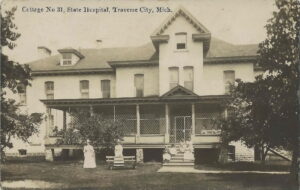
Since being closed in 1989, the former mental asylum has undergone intense redevelopment in an effort to create a space that both celebrates the building’s history, but also allows room for modern endeavours. Today, The Village at Grand Traverse Commons is home to nearly 15 retail stores, more than 10 dining options, 40 professional offices, and offers condos and apartments for rent. As well, The Village offers historic tours of the grounds, the tunnels, and some of the abandoned buildings that are waiting to be renovated.

According to their website, “The former Traverse City State Hospital is immersed in over 100 years of history. The evolution from a state run asylum to a thriving and bustling community is the foundation of what makes The Village what it is today”. Without a brief understanding of the hospital’s history, this evolution might not be as apparent. Most commonly referred to as the Northern Michigan Asylum, the expansive structure was built in just three years, and opened for business in 1885. Its architectural design closely followed the Kirkbride Plan, “which consists of a center administrative section and wings on either side for housing patients. Each patient room had a view of the outside, with a direct supply of light, sunshine, and fresh air”.
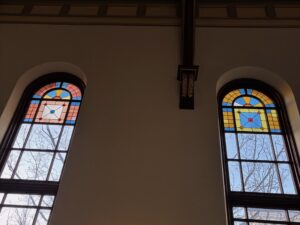
Notably, the Northern Michigan Asylum was built more than six decades before the common use of psychiatric drugs; rather, the hospital’s founding Medical Superintendent, Dr. James Decker Munson, adhered to the moral treatment movement– which was revolutionary at the time. Central to Munson’s movement was the philosophy “Beauty is Therapy”. Dr. Munson believed that the patients were a product of their environment; so if the surrounding environment and accommodations were beautiful, it was thought that patients were uplifted both mentally and emotionally.

To support this philosophy, physical restraints were forbidden (except in the most extreme situations), meals were served in dining rooms on linens and formal dinnerware, hallways were adorned with inspirational artwork, and fresh flowers (from the asylum’s own greenhouse) decorated tables and resting areas. The asylum even encouraged its patients to participate in work programs aimed at giving them a sense of purpose and independence– like gardening, farming, canning, and constructing furniture. Patients also had extensive access to the properties’ nearly 400-acre lot for recreation and exercise. Ultimately, Dr. Munson believed that patients should feel at home rather than trapped.
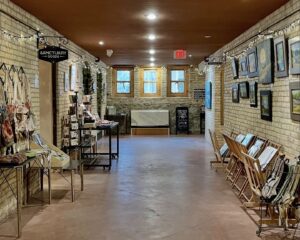
The cutting edge treatment of the Northern Michigan Asylum inspired many to reevaluate their treatment of the mentally incapacitated. Notably, Dr. John (Jack) Ferguson was appointed to the Northern Michigan Asylum on behalf of his impressive three-minute lobotomies. Upon his arrival to the asylum, Dr. Ferguson was so impressed by the effectiveness of the “Beauty is Therapy” treatment, that he did not perform a single lobotomy during his visit– he had been assigned to perform the procedure on 500 patients. Instead, this inspiration led him to focus on chemical treatments; he used Thorazine, Ritalin (FDA approved in 1955), and insulin injections to treat patients with what he referred to as “tender loving care”.
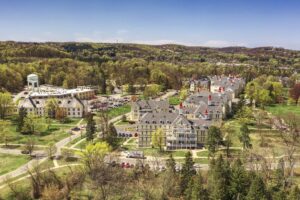
Today, The Village at Grand Traverse Commons stands as a remarkable testament to the transformative journey of both mental health care and historical spaces. The renovations of the space aim to honor the asylum’s historical legacy by maintaining Dr. Munson’s philosophy of “Beauty is Therapy” while, simultaneously, offering modern amenities. As a result, The Village at Grand Traverse Commons provides visitors with both historic charm, and a dynamic mix of retail, dining, and residential opportunities.
It is the perfect place for a day trip in Traverse City; an afternoon of shopping through the basement of Building 50, lunch or dinner at one of the on-site restaurants, and then an evening tour of the grounds to cap it off. Whether a history buff, an architect enthusiast, or simply looking for a unique experience, The Village at Grand Traverse Commons is sure to impress.
The Village at Grand Traverse Commons is located at 1200 W Eleventh St, Traverse City.
Learn more at https://www.thevillagetc.com/
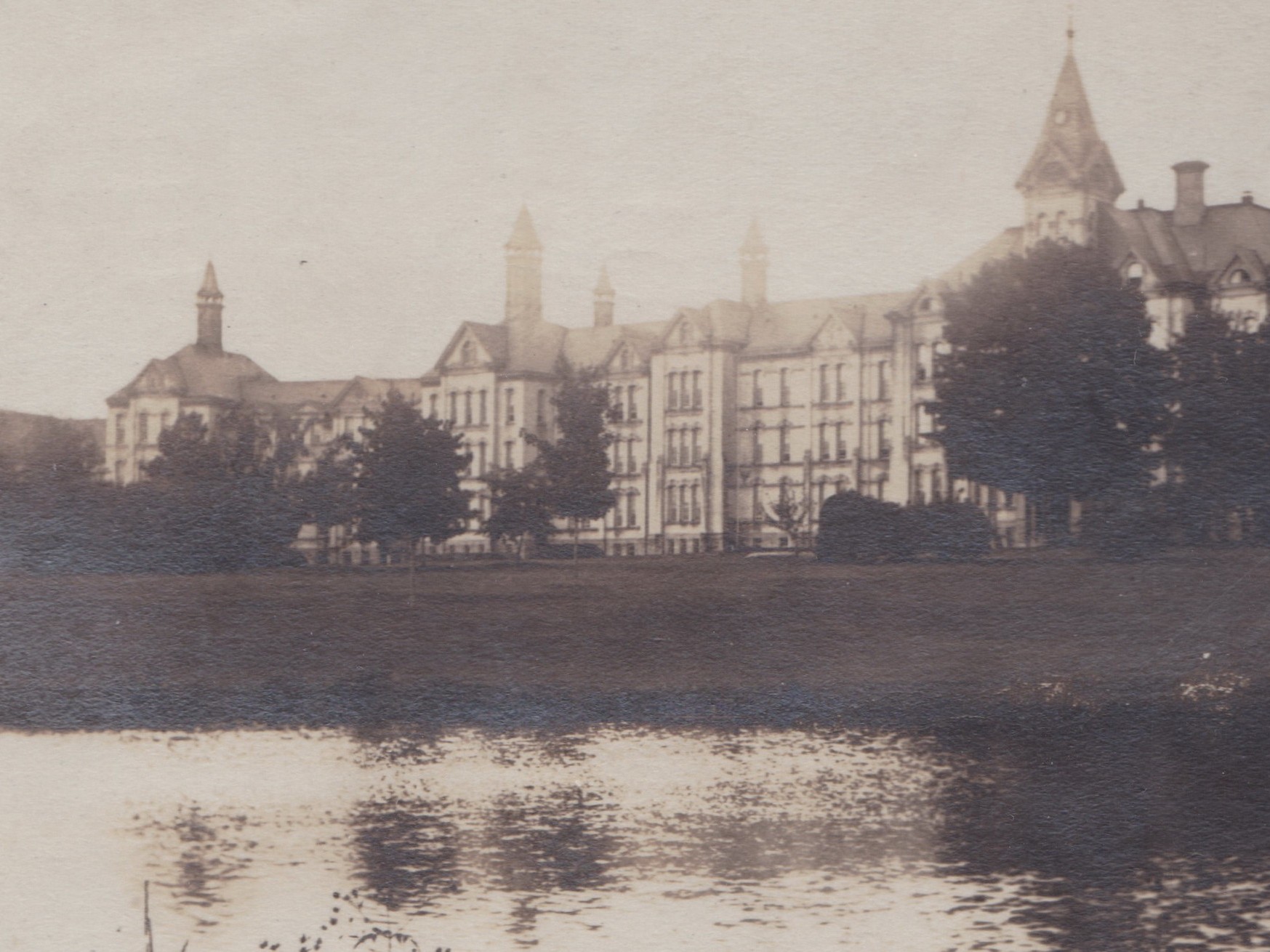



 8123 Main St Suite 200 Dexter, MI 48130
8123 Main St Suite 200 Dexter, MI 48130

